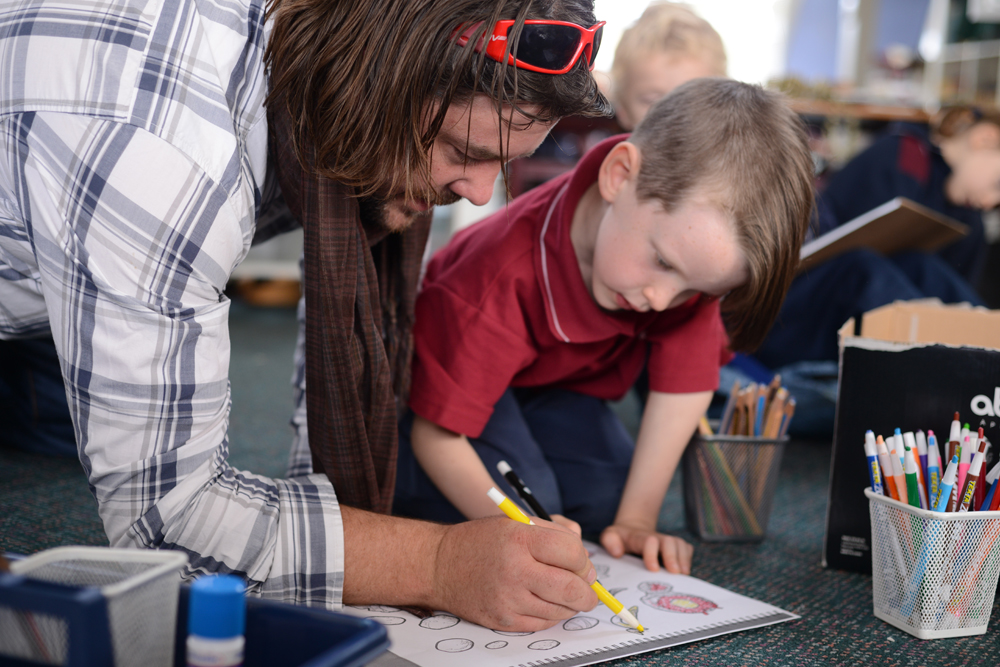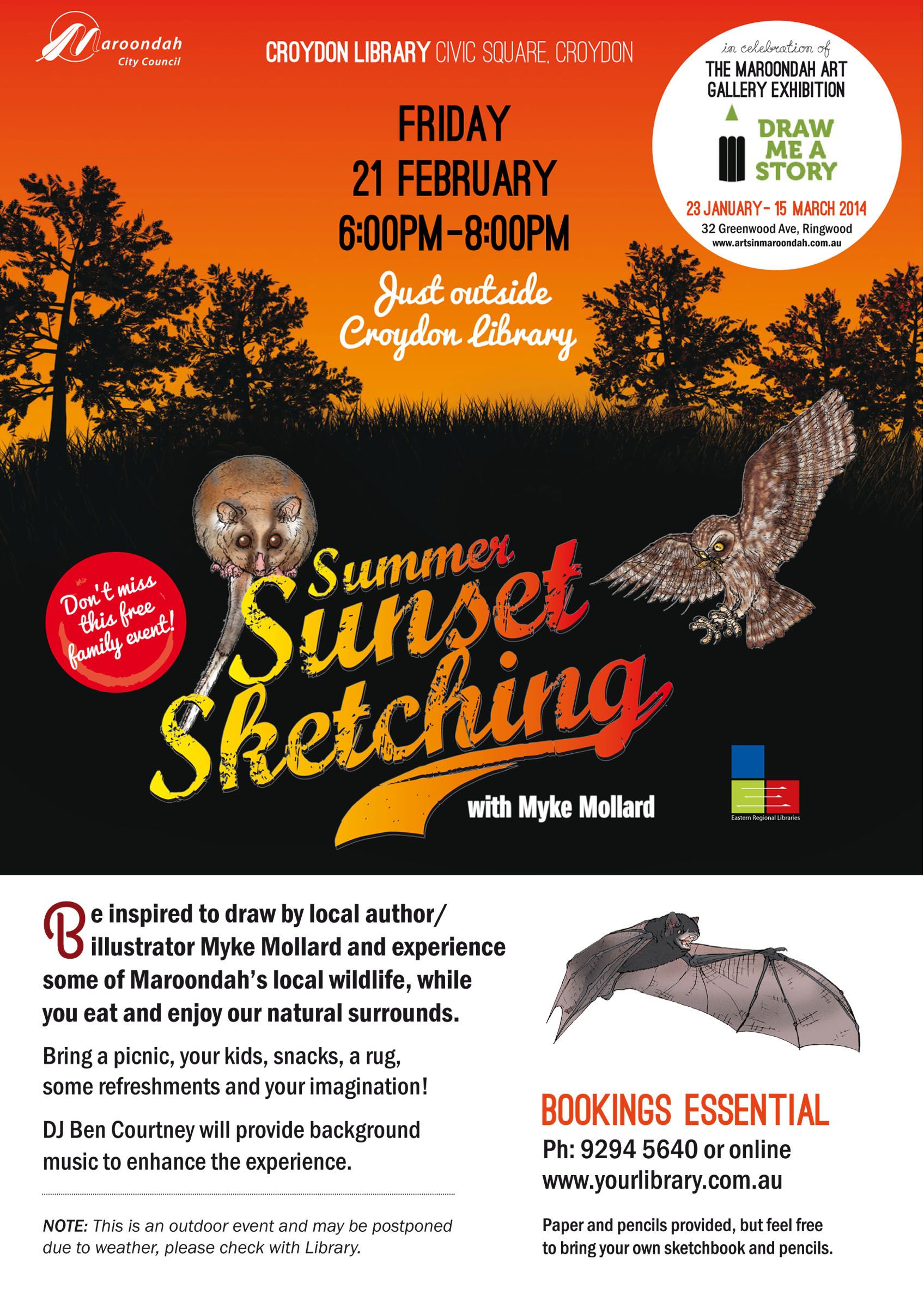Teaching kids to be confident at drawing and illustrating is really important for communication, project building, improving assignments, enhancing homework. Now more than ever with computers, programs like Powerpoint, having a good sense of design and presentation is vital for kids to get ahead, thrive and become better students.
Not to mention, how much more fun is classwork or homework when drawings and creative play are involved.
Some people may think illustrating, drawing and graphics are just ‘needless child’s play’. Recent trends in America and China suggest that art is being phased out for economics, marketing, social media, computer studies and more academic studies. Why? When art and this type of education is an important part of a child’s learning. Art helps build creative thinking, independent thought processes, it can settle troubled kids and much more.
 Sometimes the simplest things like colouring in properly or using scissors well can hold a child’s self-esteem back. Learning the right way and having fun with it unlocks these trivial mental road blocks. Sometimes it can open the class up to all sorts of artistic creations, colours, and most importantly taking some pride in their work.
Sometimes the simplest things like colouring in properly or using scissors well can hold a child’s self-esteem back. Learning the right way and having fun with it unlocks these trivial mental road blocks. Sometimes it can open the class up to all sorts of artistic creations, colours, and most importantly taking some pride in their work.
Art education is nothing new, and the benefits are so important for building academic confidence, social confidence, enhancing focus, self-discipline and developing the ability of what might be.
Now how many teachers feel they can draw well? How many employ hand-drawn pictures in their classrooms? How many teachers “Packed up” their drawing skills when a fellow student teased them about their creativity?
Art education is vital and learning about things through drawing is a brilliant way to learn. Mind mapping, brainstorming, storytelling, designing, exploring through words, pictures and sounds uses the full palette of expression. This is why Wildfire Workshops works! The simple power of these workshops impacts on both the children and the teachers. Learning “how-to-draw” better empowers kids to do better and try harder. It galvanises their resolve and they enjoy applying themselves.
I like to think I’m no ordinary facilitator. I try to keep it fresh, powerful and kids love the lessons. Whether its my encyclopedic brain of knowledge, hundreds of mini stories, a fun, comical approach, stacks of real life references or loads of experience with delivering these workshops. Whether a class of 25 or the whole school, I will always try to deliver wildfire workshops – aptly named to catch on. The sessions take drawing, and teaching kids that value of drawing in our everyday lives, to a whole new level.
After 20 years in advertising as a creative, at least six years as a children’s book author and illustrator, I hope I can say I understand the importance of creativity, individual perception and perspective these attributes are keys to developing healthy life skills. They help us build robust and adaptable personalities, compassionate thoughtful students and confident self starters. Art is a powerful tool in building kids self-esteem and I hope my flamboyant, warm and encouraging manner sees most students rise to the challenge and surprise themselves. It’s so empowering for me to see what a simple pen and blank sheet of paper can deliver. The kids are always full of surprises and they surprise me with their depth, warmth, skills and interpretations.
In hindsight, I think most will agree, that it’s so important that kids learn to be confident with their creativity. It’s so beneficial when a class shares the problem solving in attempting to draw a platypus, a kangaroo, or even speed drawing a ninja Koala for fun!
Enjoy!
Myke.
 Collins Booksellers Presents Sketching in the Street With Myke Mollard
Collins Booksellers Presents Sketching in the Street With Myke Mollard









